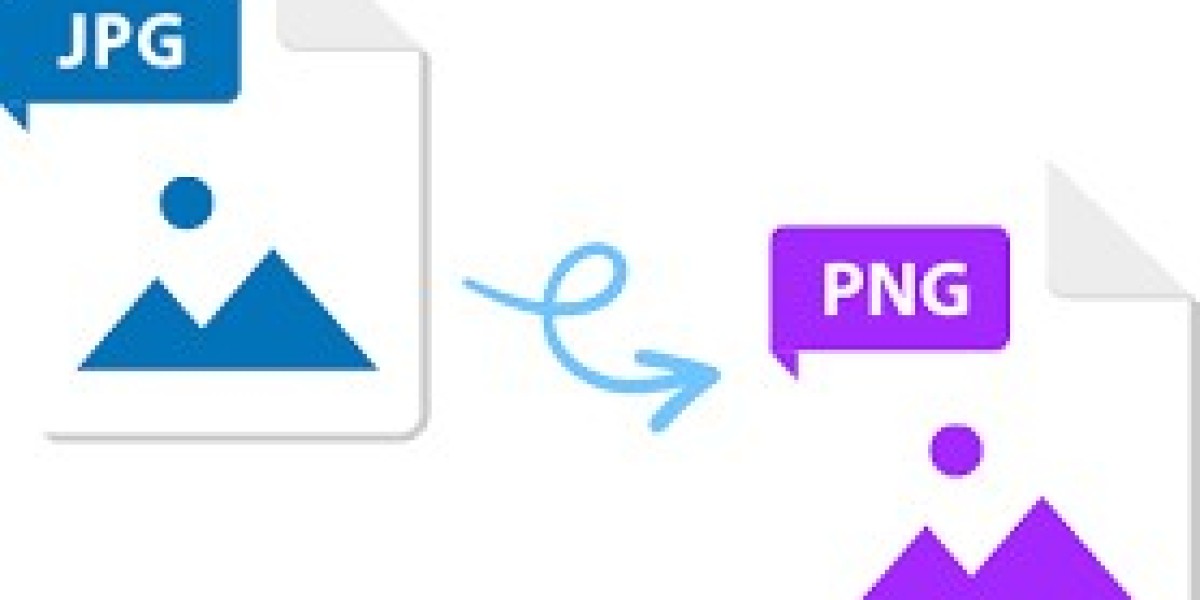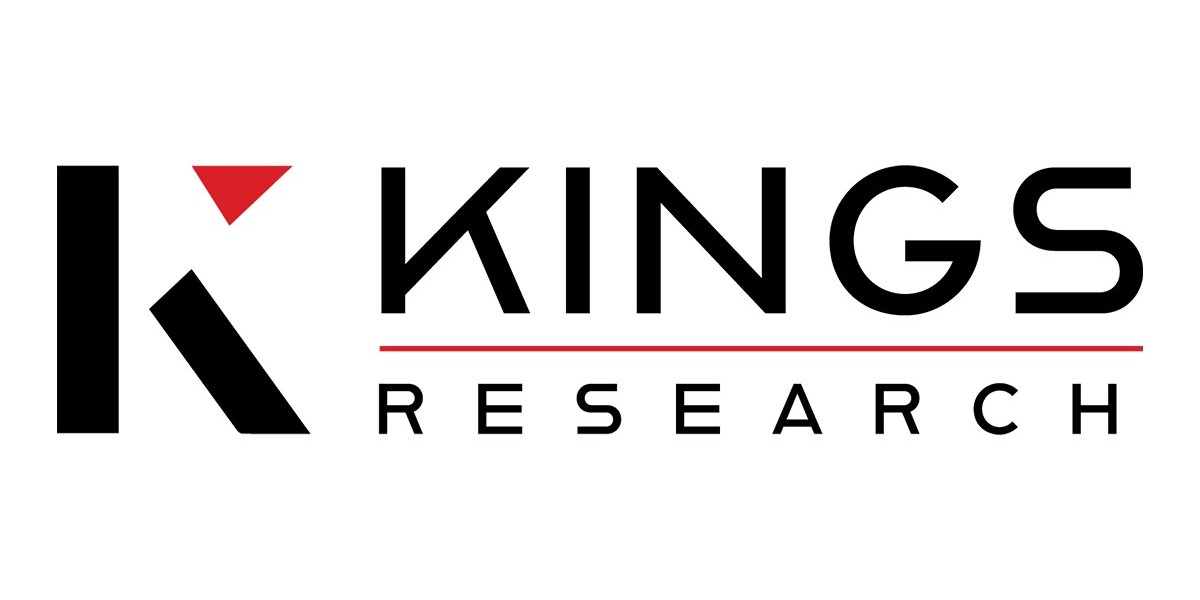In today's digital world, images are king. From social media posts to professional presentations, visuals play a crucial role in capturing attention and conveying information. However, with limited storage space and bandwidth constraints, image compression becomes essential. This article explores the two most common image compression formats – JPG to PNG – and their impact on image quality and file size.
Understanding Image Compression
Image compression reduces the file size of an image by discarding some data. This allows for faster storage, transmission, and easier online sharing. However, it comes at a potential cost – a loss in image quality. There are two main types of compression:
Lossless compression: This type retains all the original image data, resulting in no loss of quality. However, the reduction in file size is typically less significant.
Lossy compression: This type discards some image data, leading to a smaller file size but potentially affecting image quality. The extent of quality loss depends on the compression level used.
JPG: The King of Efficiency
Compression type: Lossy
Pros:
- Significantly reduces file size, making it ideal for photos, web graphics, and social media sharing.
- Supports millions of colors, suitable for capturing a wide range of colors in photographs.
- Widely compatible with most devices and software.
Cons:
- Compression artifacts can appear as blockiness or blurring, especially in areas with high detail or smooth gradients.
- Not ideal for images with sharp lines, text, or logos, as compression can distort these elements.
- Quality loss becomes more noticeable with each resave of the image.
PNG: Preserving Perfection
Compression type: Lossless
Pros:
- Maintains perfect image quality, making it ideal for graphics with sharp lines, text, logos, and icons.
- Supports transparent backgrounds, crucial for creating logos and overlays.
Cons:
- Larger file size compared to JPG, which can impact loading times on websites.
- Limited color palette compared to JPG, not ideal for capturing detailed photographs.
- Less widely supported by some older browsers and software.
Choosing the Right Format: A Balancing Act
The optimal format depends on your specific needs:
- For photographs: Use JPG with a moderate compression level for a good balance of quality and file size.
- For graphics with sharp lines or text: Use PNG to maintain perfect clarity.
- For web graphics: Use JPG for photos but consider PNG for smaller elements like icons and buttons.
- For archiving images: Use PNG to ensure no quality loss over time.
Beyond JPG and PNG
While JPG and PNG are the most common formats, other options exist:
- WebP: A newer format offering lossless and lossy compression options with good image quality and smaller file sizes. However, compatibility is still developing.
- GIF: Ideal for simple animations with limited colors.
Conclusion
Understanding image compression is crucial for anyone working with digital images. By knowing the strengths and weaknesses of JPG to PNG convert, you can choose the format that best balances quality, file size, and compatibility for your specific needs. Remember, it's about finding the right balance between efficiency and preservation.
FAQs
Can I convert between JPG and PNG? Yes, but converting from JPG to PNG will not regain the lost quality.
Is there a way to compress images without losing quality? Lossless compression offers some file size reduction, but significant reductions typically involve some degree of quality loss.
What tools can I use to compress images? Many image editing software programs and online tools offer image compression functionalities.
How can I optimize images for the web? Use the appropriate format (e.g., JPG for photos, PNG for graphics) and consider tools specifically designed for web image optimization.








